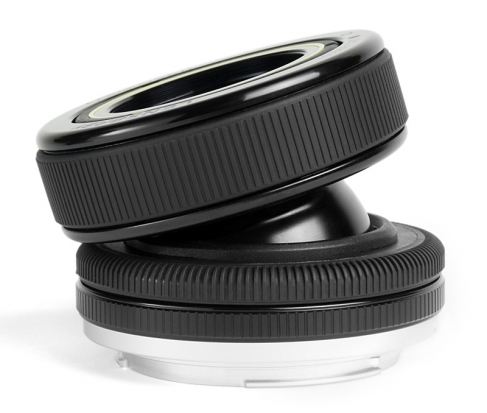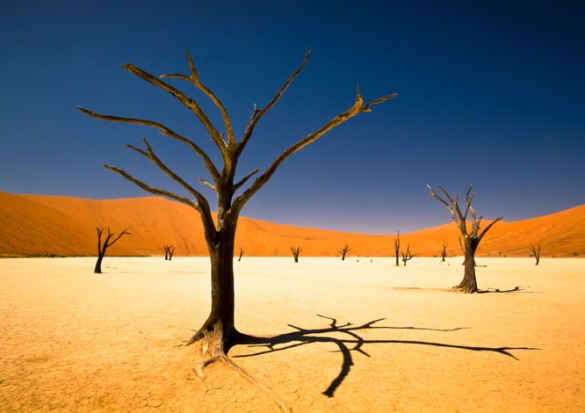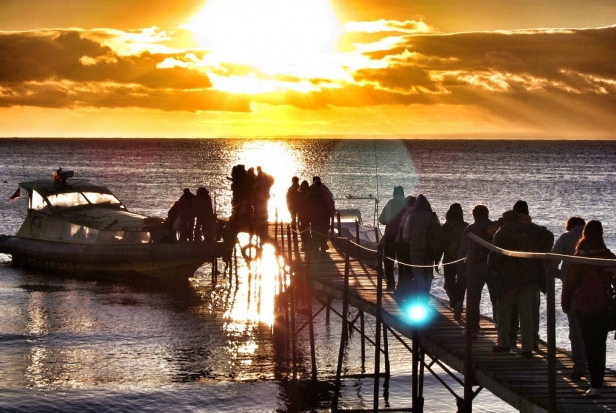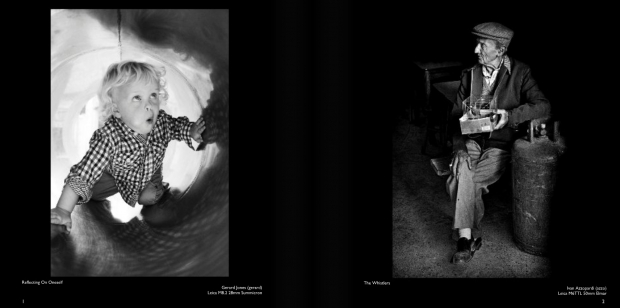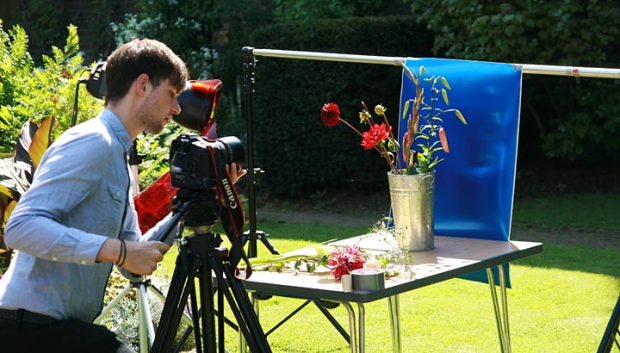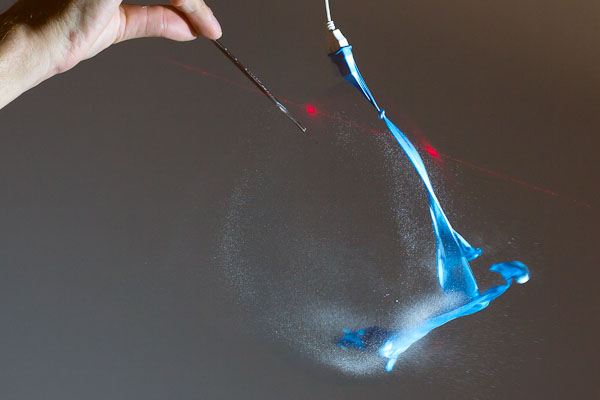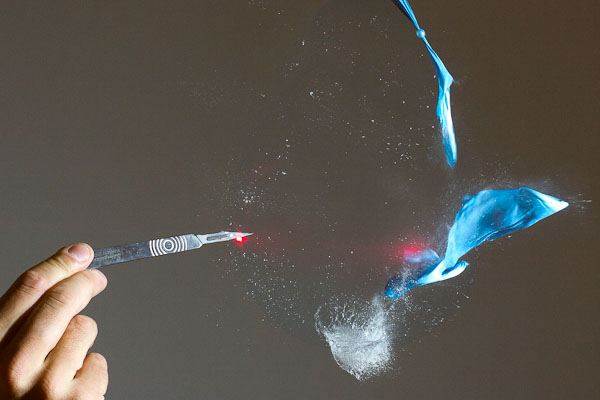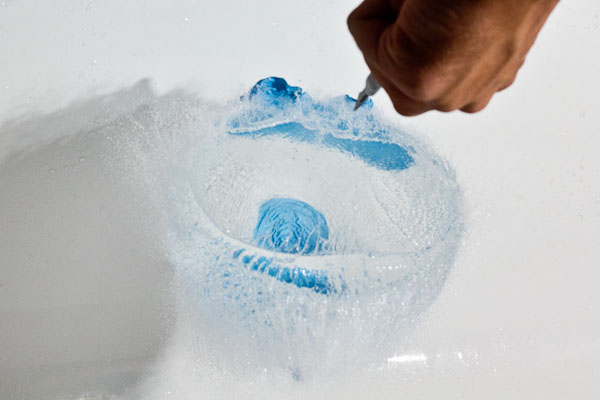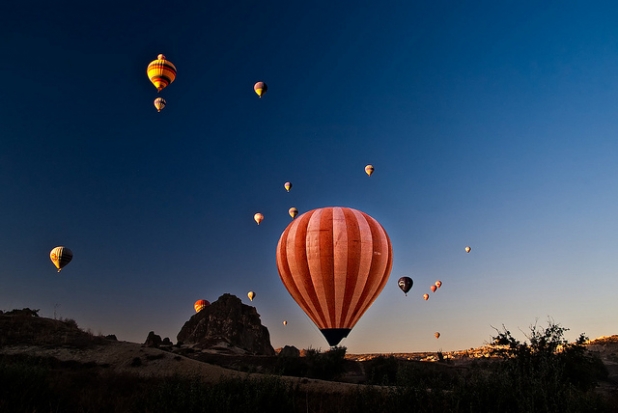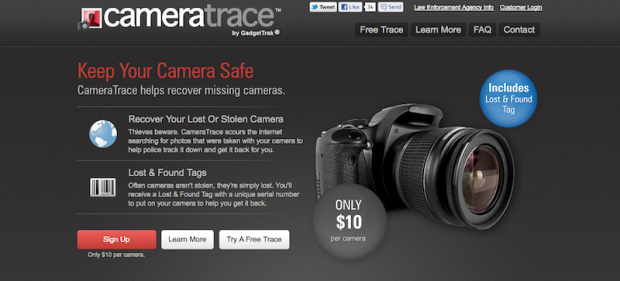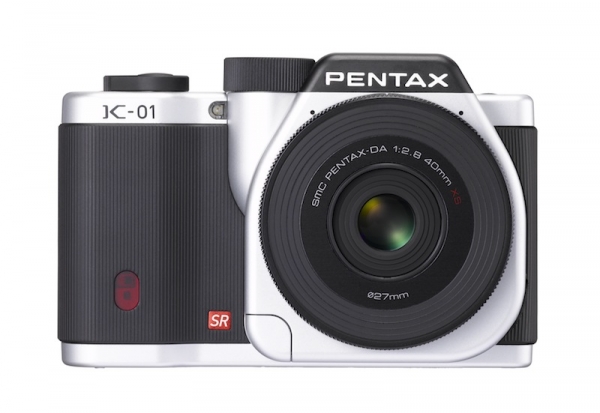
The Pentax K-01
Pentax launched a new mirror-less interchangeable lens camera today: the K-01. It's bigger than we're accustomed to in this breed of camera - in size it's definitely no match for the cute and quirky Pentax Q, a camera that certainly had its stumbling points, but isn't being replaced by the K-01 - and the line is that it's a design-led camera aimed fashionable-types, and possibly a younger market. Given its looks, I'd certainly vouch for it being design-led, but I think that Pentax has a lot more going on with this camera than just a niche market of fashionistas and trendy-types.
First, there's the CMOS sensor, which measures 23.7×15.7mm. That's the standard measurements for an APS-C sensor, one with a 1.5 crop factor, as you'd find in a Pentax K-r, for example. This isn't some piddling thing that's about the size of a newborn baby's toenail. Sure, this makes the camera a whole lot bigger than the pocketable Pentax Q or the Nikon 1 series, but it's still 30% smaller than a K-r, and the larger sensor has its advantages. It also happens to have 16.28 megapixels of resolution and a sensitivity range of ISO 100 to 25,600 (when it's expanded).
Second, the K-01 is compatible with all Pentax K-mount lenses, including those produced for film cameras. (If you want to use your 645 lens on a K-01, you'll need an adaptor, though.) That's just made the K-01 a whole lot more attractive to anyone who's ever owned a Pentax interchangeable lens camera - provided that they still have their lenses, of course - and to people considering a mirror-less camera as stepping stone between a compact and an SLR, so that they won't be shelling out for even more lenses.
If we want to be really forward-thinking about things, let's consider the potential day when Pentax decides that SLR cameras really aren't where it's at anymore. With the K-01 technology in place, they might lose some photograhers who do still want their optical viewfinders, but they'll keep those who are happy with an electronic viewfinder, because they won't have to invest in new glass.
And it does all things that you expect of a high-end camera now: there's 1080p HD video (with a choice of frame rates: 30, 25, or 24 frames per second); there's an HDR function; a burst mode of upto five images per second; and let's not forget the toys.
With all the toys and gizmos that Pentax has put in the K-01, they're making it quite an attractive camera for anyone considering the leap from a compact, too. It does the auto-mode thing; it has 19 different scene modes, ranging from nighttime to backlit silhouette; its in-camera editing allows you to give images a cross-processed or bleach-bypassed look; and there are 19 different filters, for example miniaturisation, which can be applied multiply to an image.
But there's one final place where the K-01 is also holding its own: price. Body-only, it costs around £630. With the 40mm lens (which is the thinnest interchangeable lens on the market), it's £680; with the 18-55mm and the 50-200mm lenses, you're looking at £800. That's in the same ballpark as the Nikon V1 and significantly less than the Fujifilm X-Pro1. The chances are, this will come down after launch, too.
No, the K-01 isn't as pocktable as other mirror-less interchangeable lens cameras, but it is smaller than your average dSLR, and that 40mm pancake lens is tiny. In the K-01 you have the beginnings of a compromise between camera size and sensor size; between pocketableness and image quality. This incarnation might be design-led, but who knows where any more K-0 series cameras might lead.
